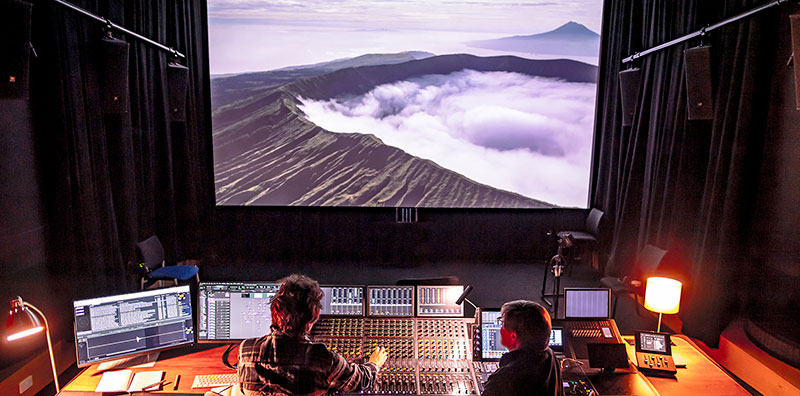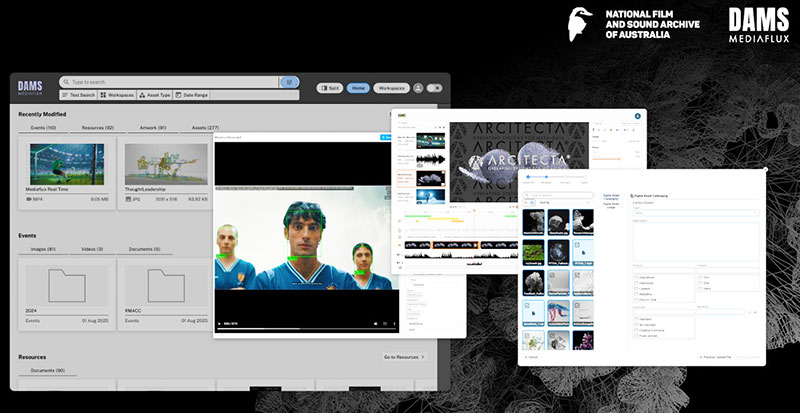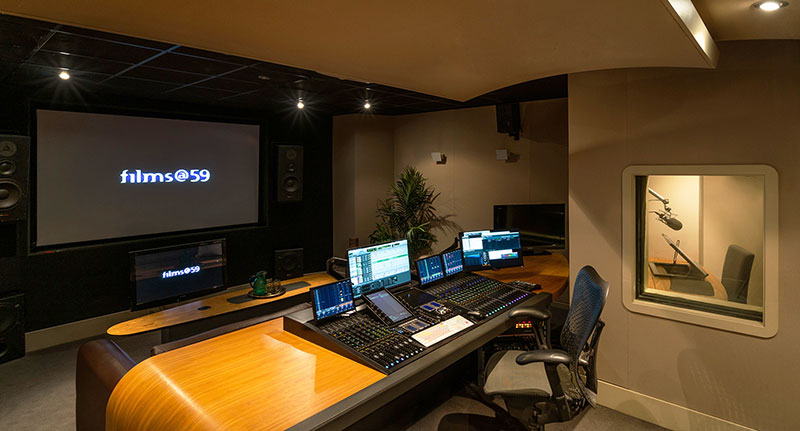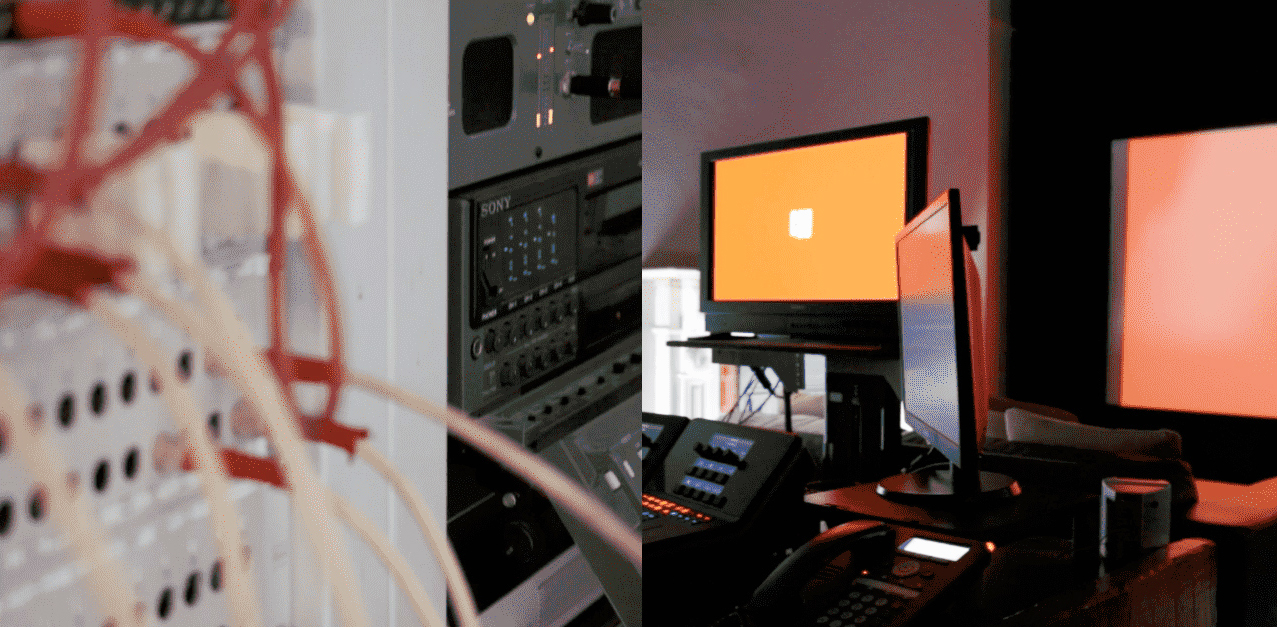To meet the changing demands of broadcast, such as 4K HDR delivery and Dolby Atmos audio, Azimuth’s new studio includes storage, automation and bandwidth ready for new workflows.

Azimuth, a full service editing, post-production, finishing and delivery facility, moved recently into a new premises, purpose built from the ground up, in Holborn in Central London. In order to adapt to the changing demands of modern broadcast – particularly the need to deliver in 4K HDR and support Dolby Atmos Home Entertainment audio – Azimuth have designed and built a modern studio equipped with up to date hardware and software, and prepared for new workflows. Systems integration was carried out by Altered Images.
Operations Director Yives Reed described the challenge that led to building the new facility. “After the pandemic, our parent production company OR Media faced a backlog of projects coming through that included several specialist factual and documentary series. As the projects drew close to post production, it was obvious that we weren’t set up to accommodate either the volume or the 4K HDR deliverables required. The time was right for a reset.”
Setting the Benchmark
To start, they needed to fully support a range of high-quality television post-processing workflows. To achieve this, they would need a robust server and media management system that could securely handle multiple streams of high-bandwidth data, including 4K and even 8K RAW files, and distribute these within the facility, where and when they were required, with real time playback.
Head of Technical Operations, Steve Oak talked about the new picture finishing set up at Azimuth. “The bulk of the work going through the facility is 4K HDR and Dolby Atmos for IMF delivery. Understanding that this high bandwidth work was to be our benchmark, we needed to make some critical decisions about updating our hardware,” he said.
“Between two DaVinci Resolve grading suites and three online workstations, three Colour Assist stations and two QC rooms, we need the bandwidth to support reads and writes of huge amounts of data at the same time. As well as the native Resolve workflows, we manage Open EXR and uncompressed workflows in Baselight and Flame, each with its own demanding requirements. In Resolve, for instance, we’re working with multi-layered sequences, including uncompressed RAW, all supported by the 40 Gb/s network input from each of our Editshare SSD arrays.”
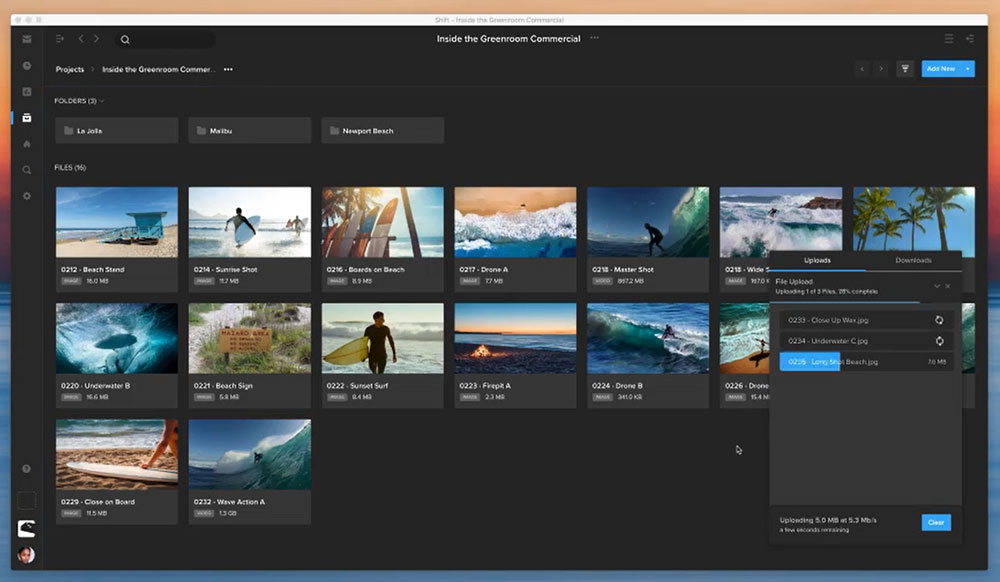
These arrays combine Solid State Drives with EditShare’s proprietary architecture to create a flexible, scalable platform. It takes advantage of the high write/read throughput of SSDs, and pairs only eight SSD drives with a controller, using RAID 5 protection, to avoid RAID bottlenecks. The bandwidth needed to move media streams to and from workstations is generated via the EditShare Native Client, a high availability, multi-threaded protocol used instead of the SMB and AFP protocols.
Virtualised Storage – on the Ground
Azimuth is essentially a bricks and mortar operation, based within its Central London location. Despite their cloud presence, the bulk of their services are hosted there. When they built the studio, they took the building back to a shell, giving them the chance to shape it in a way that prepared them for change. Steve said, “We wanted flexibility both in what we put in place at the time of installation, and in how we might need to change it in six or 12 months’ time – which is not how most post houses work.
“Our Editshare system is made up of a petabyte of spinning disk and 200 TB of SSD. We can set up our workspaces across these, while carrying on working. It’s also important that Editshare is NLE agnostic, so that our customers can work the way they want to with their own media plug-ins and workspaces for Media Composer, Resolve and Premiere Pro respectively.
“At Azimuth, we typically bring the native material into a Resolve conform to effectively create a re-link environment. We receive quantities of XAVC video at 300 and 450 Mb/s, as well as RED camera footage, Canon XF, Sony X-OCN and ProRes RAW. In final post, it means that we can set up quite large workspaces and pull a very large amount of bandwidth per client.”

Editshare FLOW media asset management software operates on top of the system for media encoding and cloud integration, which can be controlled through a web GUI. All of these ingest and processing elements are tied into a server, giving excellent performance.
Automated Media Workflows
Steve keeps an eye on new developments and was also impressed by Editshare’s M&E-centric approach, and increasing use of automation. He said, “Editshare’s acquisition and integration of MediaSilo cloud-based video management and collaboration software reflects the vendor’s approach. You can set up watch folders through your FLOW environment, so that when you export a cut, FLOW will transcode and upload it to MediaSilo, and anyone within that group will get a notification that it’s been uploaded.
“FLOW can also scan our MediaSilo cloud storage through a Storage DNA MAM that sits on top of our whole environment, bringing assets back down again to the physical storage and moving them to the deep archive on LTO on completion of a project. Editshare gives us options for more relevant workflows with less human time and more automation.” editshare.com




